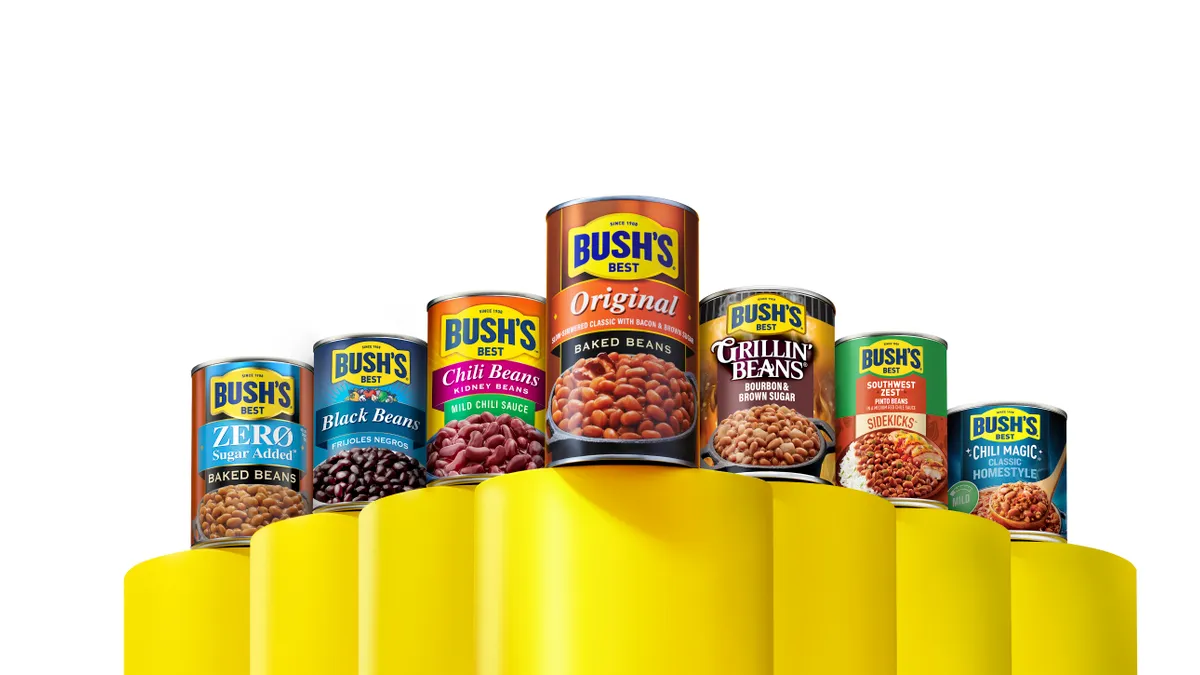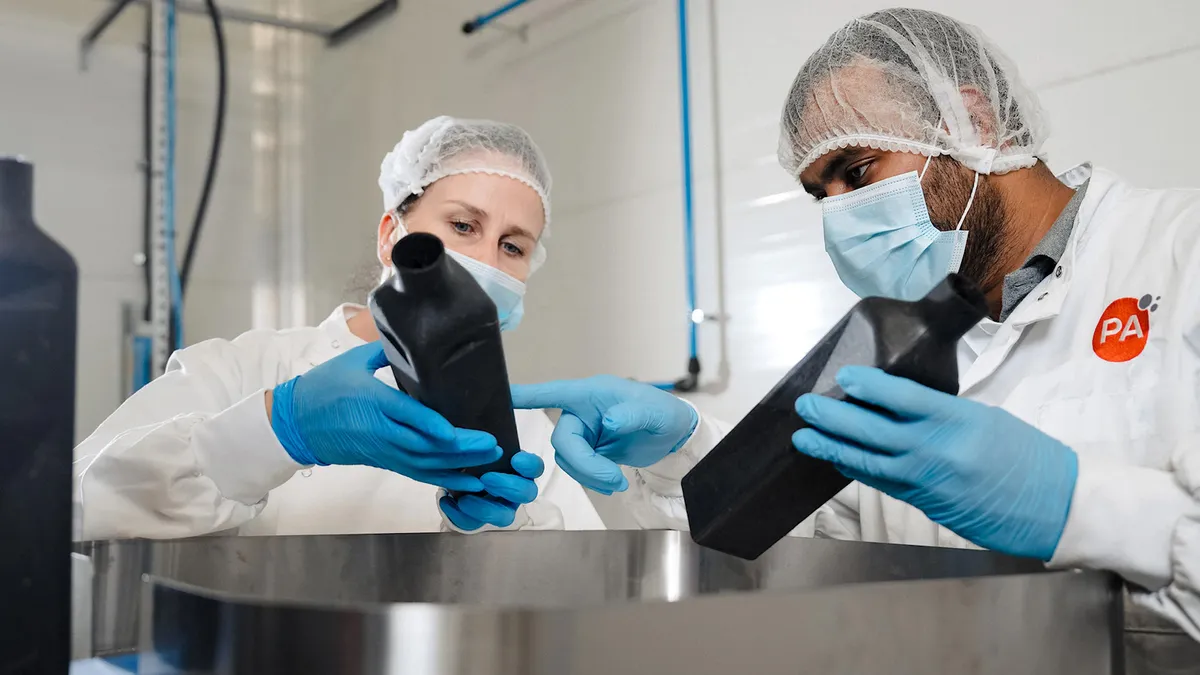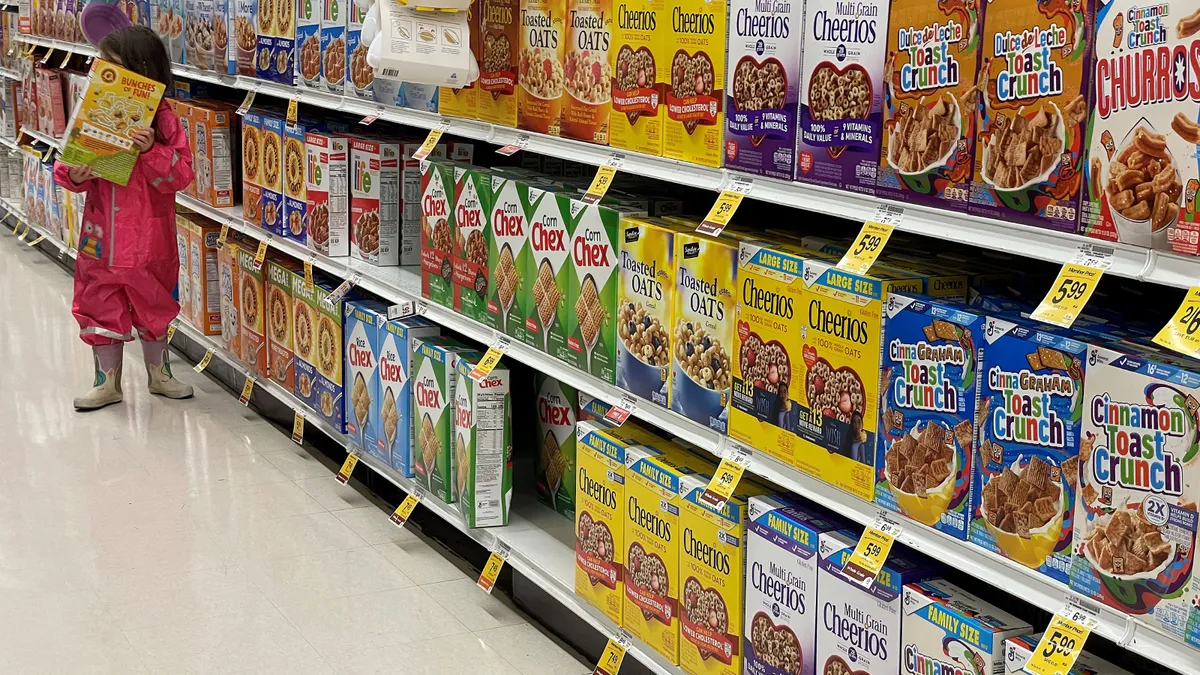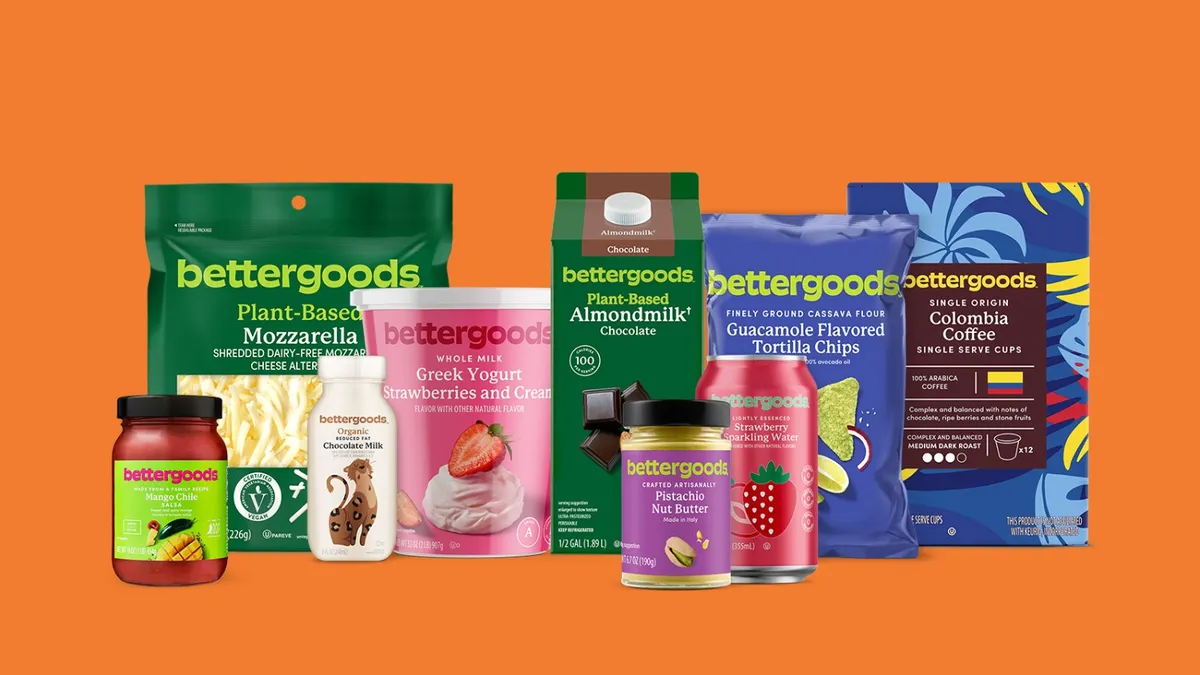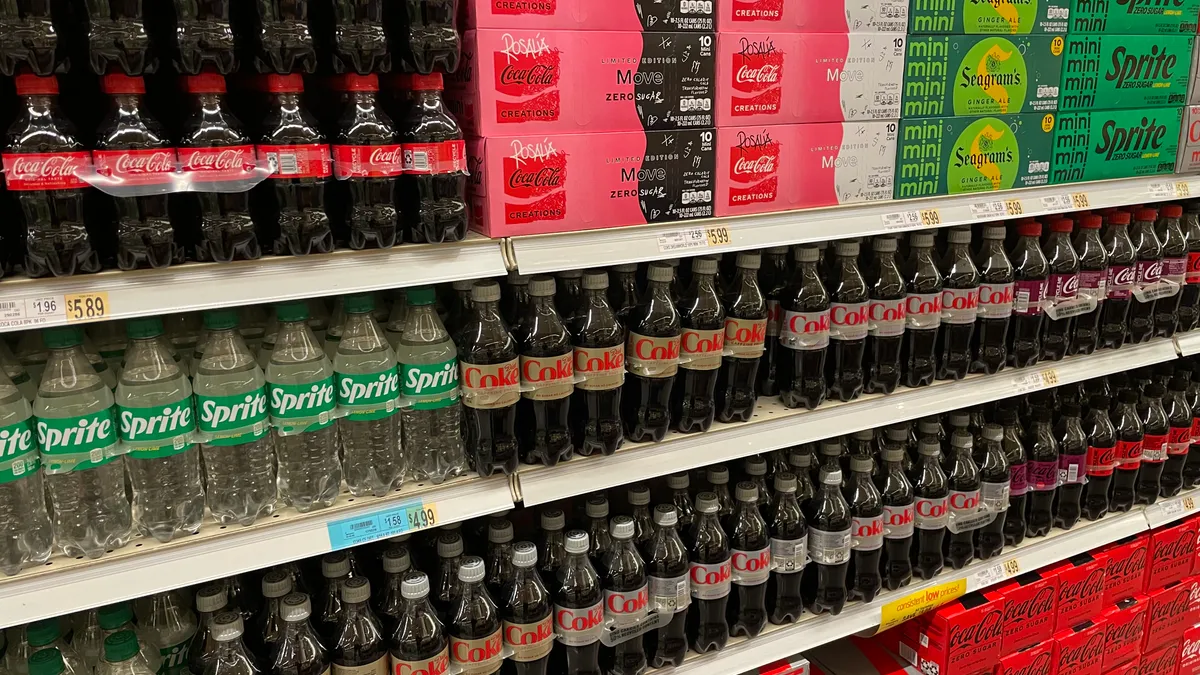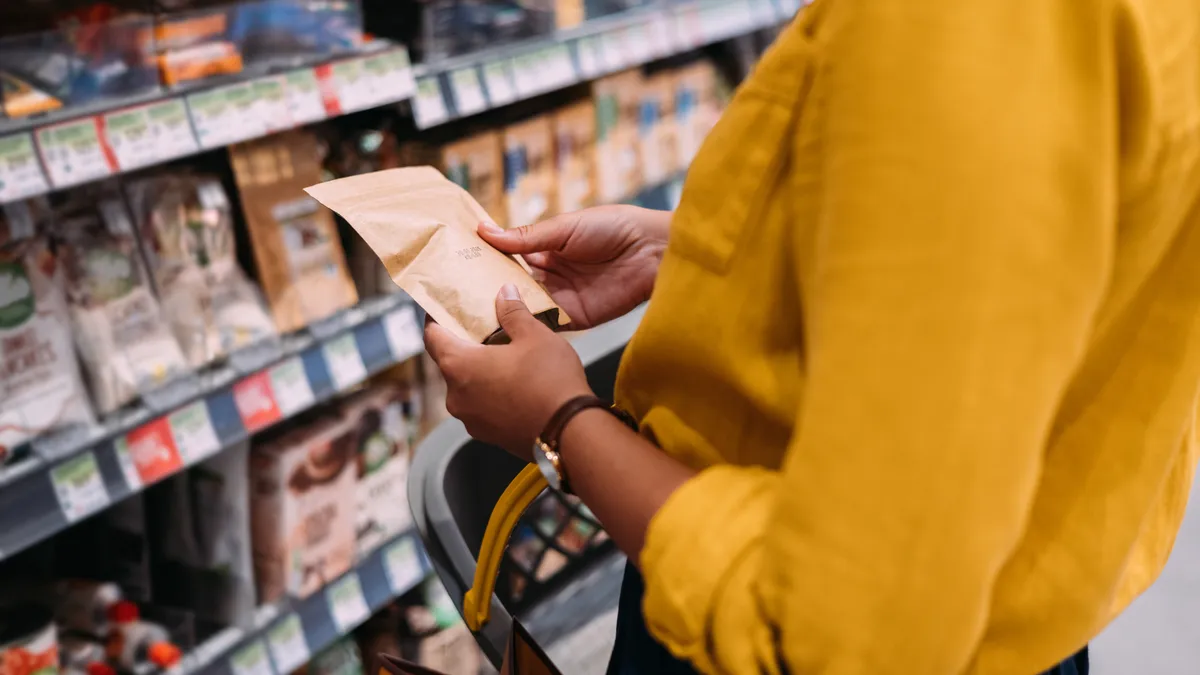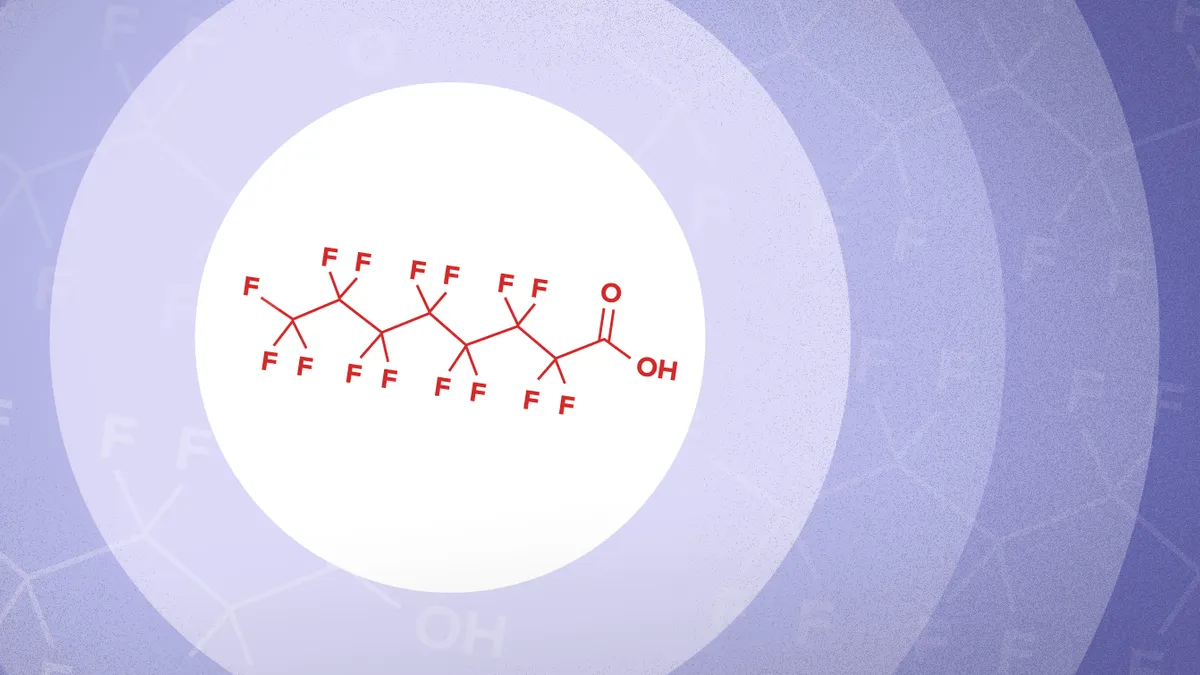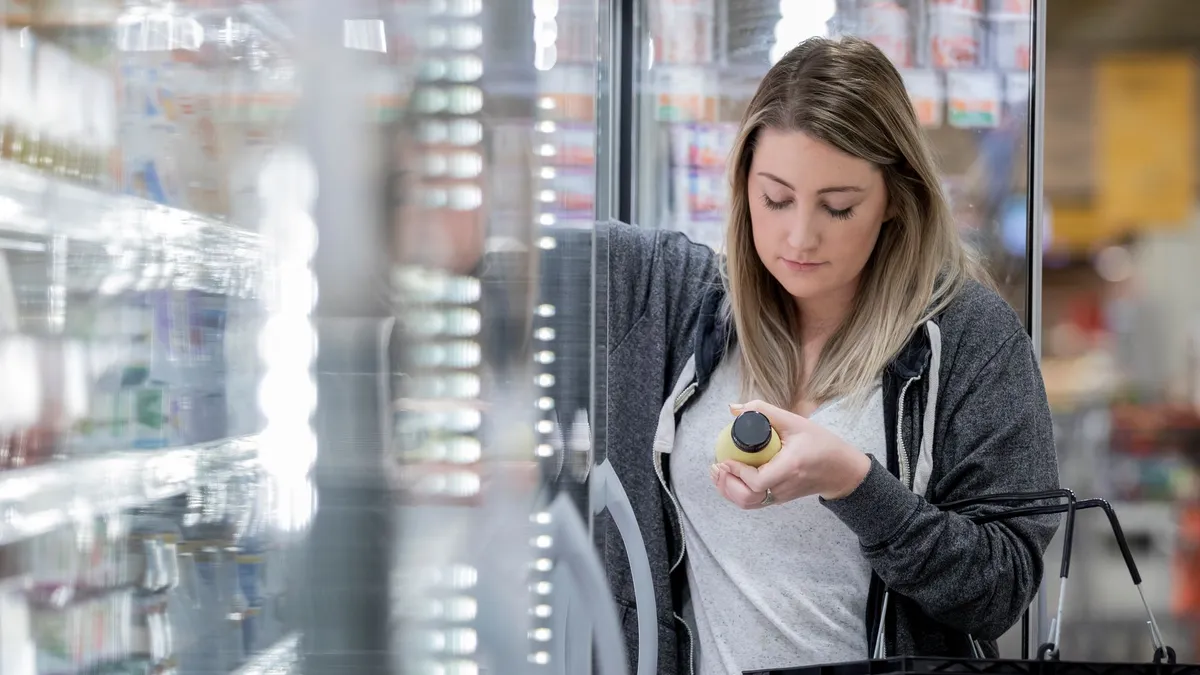When Sonoco announced plans to acquire European metal packaging specialist Eviosys in a nearly $4 billion deal this summer, the packaging giant made its intentions clear: It was betting big on metal food cans.
At a time when novel materials and formats are proliferating in packaging and food companies rely on innovation to drive sales in some areas, sources say utilitarian canned food remains attractive because it’s a relatively stable market with consistent growth.
Pre-acquisition, Sonoco was bringing in $1 billion in annual revenue from metal packaging in the U.S., including aerosols for household products, along with cans for vegetables, tomatoes and beans. Sonoco expects the deal will expand its total addressable market for metal packaging to $25 billion globally.
Competitors such as Crown Holdings (which is more focused on beverage cans) and Silgan see potential for growth in canned pet food and proteins.
A big reason packaging manufacturers are so confident in metal food cans is because their CPG customers have stuck with the material for decades. And many in the packaging industry don’t see that changing.
While flexible pouches have sparked interest from some new food brands, many manufacturers are doubling down on cans. Canned food offers a more affordable option to consumers, and companies have an opportunity to market their products to sustainability-aware consumers; proponents of can packaging say its “infinite recyclability” gives it a leg up.
“Consumers want to feel good about their environmental impact, and cans are a way for us to navigate that,” said Robert Loggins, director of external affairs and community engagement at Bush Brothers, the Tennessee-based company that manufactures Bush’s Beans. “It’s almost a perfect packaging container.”
Bush's can suppliers include Sonoco and Crown. Bush’s has a long relationship in particular with Sonoco, and a Sonoco plant in Tennessee is right next to Bush’s production facility.
“Having those two companies has been really vital [and] inherent to our success,” Loggins said.
What cans can do
Bush’s has been canning for more than a century, and canned food dates back to 1795. Today, canned fruits and vegetables, soups and ready-to-eat meals are driving growth in the industry, according to Chris Chop, senior lab technician in food research and development at NSF, an independent standards and certification organization.
Vegetables and tomatoes are a big part of Sonoco’s can portfolio; the company forecasts low single-digit growth for those categories, as well as soup.
Whenever CPGs add new recipes or products, that also helps grow demand for canned packaging, said Ajeeth Enjeti, general manager for the Europe food division at Trivium Packaging.
Demand will “remain steady for things like vegetables, soups, things that people always buy,” said Camille Corr Chism, principal and owner of Indigo Packaging and Consulting. “That's what makes it a very stable packaging format.”
Cans’ long history also comes with some stigma attached. Some consumers recall jagged cans of tuna or mushy vegetables stockpiled in grandma’s pantry. But recent events have changed that.
During the pandemic, consumers saw canned goods as a way to feed their families without frequent trips to the grocery store, said Sherrie Rosenblatt, who recently retired as the lead strategy officer and vice president of marketing and communications at the Can Manufacturers Institute.
Then, as inflation raged, canned goods offered cheaper alternatives to fresh produce or seafood. While multiple groups said they didn’t have data to share about specific market growth, there was an anecdotal sense that cans were doing well in the inflationary environment.
“Canned foods provided them comfort,” Rosenblatt said. “It was an opportunity for the food can industry to continue that momentum.”
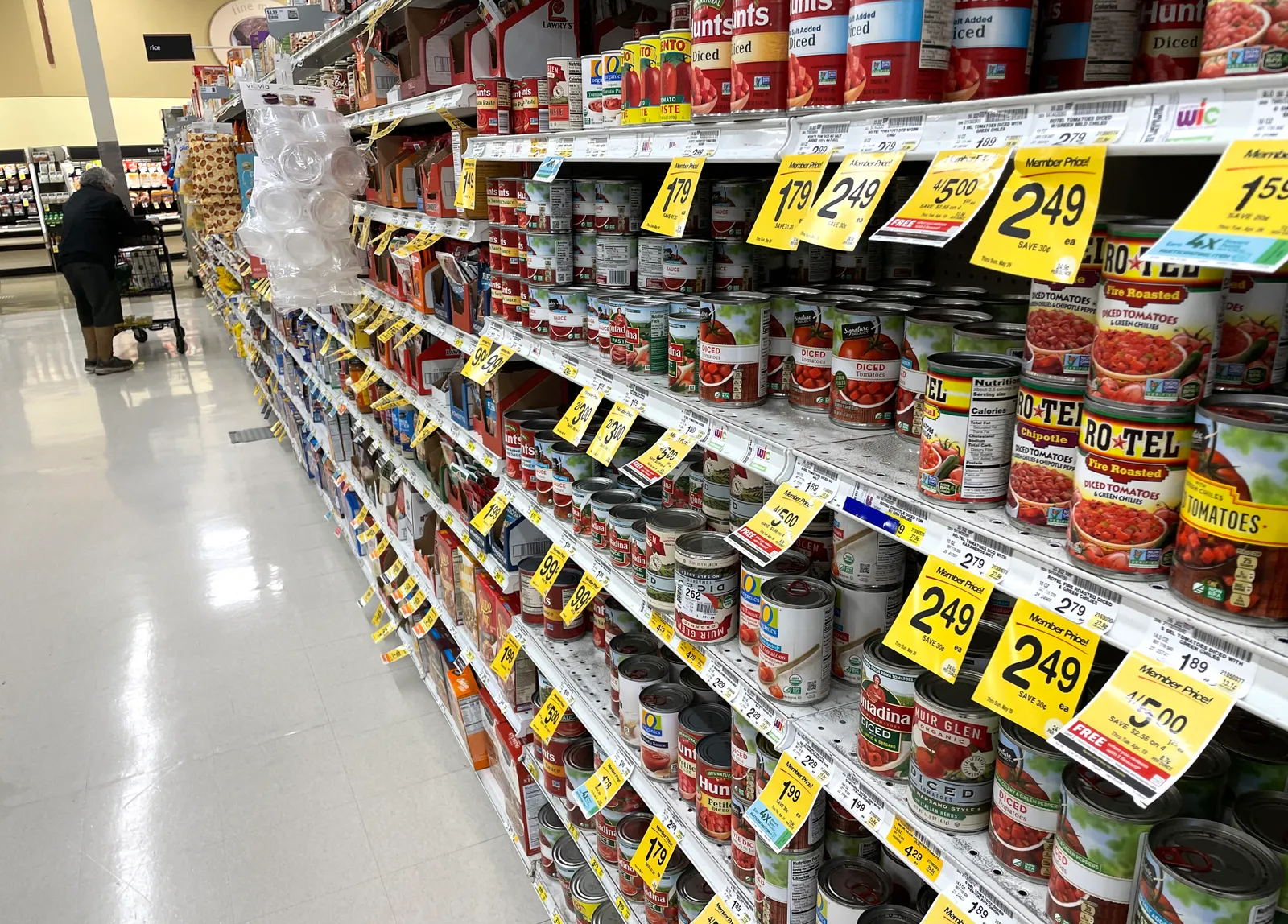
Companies leaned into the messaging of convenient, safe, affordable food and the fact that cans are recyclable — a big selling point for CPGs and consumers. They made adjustments to make cans more appealing, like adding pull tabs so consumers can open packaging without a can opener, removing BPA from can linings and lightweighting cans.
“Consumers now expect sustainability to be incorporated into the food itself, as well as the packaging,” NSF’s Chop said in an email.
Steel, commonly used in food cans, is infinitely recyclable, Rosenblatt said. According to Bush, the types of steel cans it uses have the highest recycling rate of any food packaging at 58%.
Aluminum, used in some food and beverage packaging, “has a really unique place in the world of material recovery,” said Tony Perrotta, sustainability and regenerative economy expert at PA Consulting. Aluminum has a high recovery rate, and aside from the energy needed to produce and recycle the material, it’s “close to infinitely recyclable and reusable.”
Packaging companies are also focused on balancing virgin aluminum and recycled aluminum in their products. “There is a battle raging for recycled content of all types,” Perrotta said.
Recyclability is what drew HeyDay Canning Company to metal cans. HeyDay manufactures premium ready-to-eat canned beans, with a target market of consumers aged 25 to 45. Today, each 15-ounce can sells for between $4.50 and $5. When HeyDay launched four years ago, Kat Kavner said she and her co-founder debated between using flexible pouches or cans.
“We didn’t spend a ton of time on this decision,” Kavner said, because her research revealed curbside recycling wasn’t widely available for stand-up pouches in HeyDay’s sales regions across the U.S., and cans were the most recycled type of food packaging.
“It was a no-brainer. We had to go with the can,” she said. “There's just no way to justify launching something in a single-use plastic packaging when there is a much better alternative out there.”
Indeed, recapture and recycling rates for flexible pouches are “extraordinarily low,” according to Perrotta. They’ve also been the target of some backlash by consumers who feel they can’t get out all of the product they’ve purchased.
“Here I am trying to do the toothpaste roll, trying to get every last drop out,” Perrotta said.
Still, many new food brands are gravitating toward flexible pouches as a way to portray a modern identity. The packaging “signals to consumers that this is something that is different and new, and is not the same canned food,” Kavner said.
Being flexible
The process of packaging food into cans or pouches have similarities, such as needing high heat to produce shelf-stable products, which has led can suppliers to “face greater competition from plastics” in certain categories, Trivium’s Enjeti said.
For example, soup is well suited to flexible pouches with plastic screw caps, said Chism of Indigo Packaging. The packaging is resealable and microwavable.
The Flexible Packaging Association says this lightweight packaging can help buyers with source reduction goals. Food manufacturers have also started to consider more sustainable designs in pouches, such as monomaterial laminations, recycled films and compostable films, said Jorge Izquierdo, vice president of market development at PMMI, The Association for Packaging and Processing Technologies.
Three years ago, Bush’s acquired the Good Bean Co., which uses flexible pouches to package its beans. Loggins said the packaging does have some advantages. It weighs less, is easy to ship and consumers can elect to put pouched food straight into the microwave.
“That acquisition allows us to dip our toes and learn in real time” about flexible pouches, Loggins said.
But Bush’s has no plans to abandon cans. The CPG considers canning “a core competency” and intends to stick with metal packaging for its namesake product line, Loggins said. “We are working with our partners, Sonoco and Crown, on a frequent basis to ensure that we have the best product in the best containers.”


